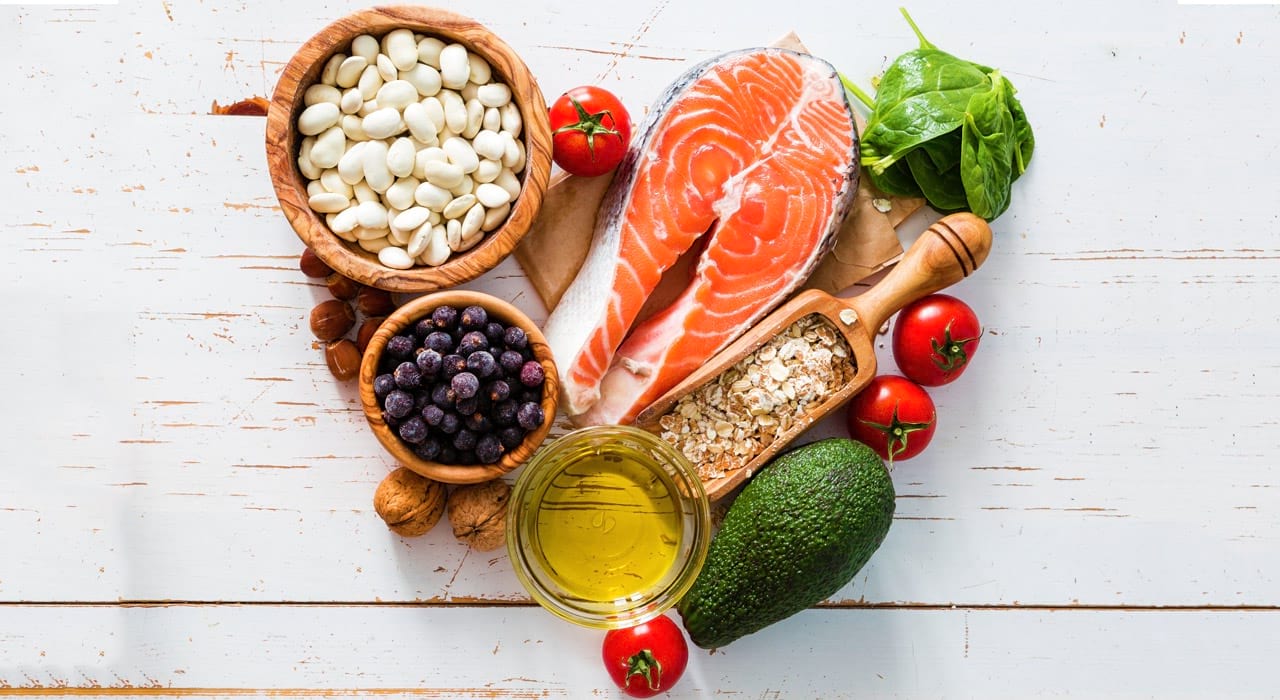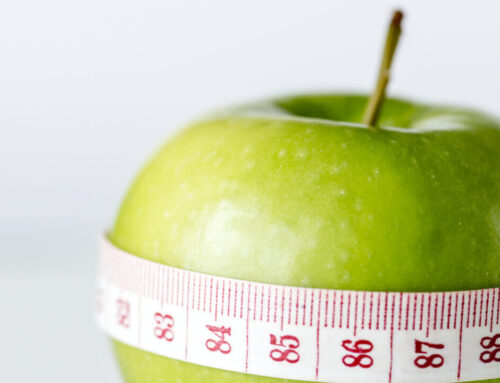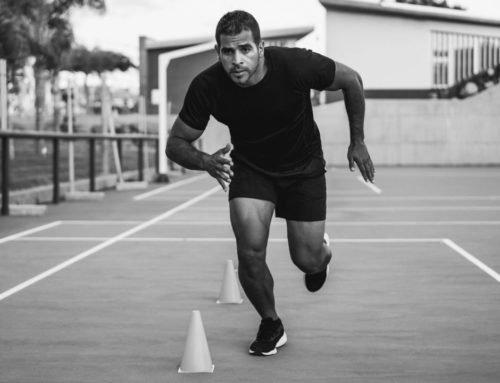The secrets to healthy living no longer lie with extreme diets or using your TRX straps, but with an obscure, indigenous tribe living deep in the Bolivian jungle.
The Tsimane (pronounced chee-MAH-nay) people have been scientifically proven to have the word’s healthiest hearts thanks to their high level of activity and a diet low in saturated fats and high in non-processed fiber-rich carbohydrates.
A forager-horticulturalist population in the Bolivian Amazon, the Tsimane have the lowest reported levels of vascular aging for any population, with coronary atherosclerosis (hardening of the arteries) being five times less common than in the US, according to a study published in The Lancet.
“Their lifestyle suggests that a diet low in saturated fats and high in non-processed fiber-rich carbohydrates, along with wild game and fish, not smoking and being active throughout the day could help prevent hardening in the arteries of the heart,” said senior anthropology author, Professor Hillard Kaplan from the University of New Mexico.
Unfortunately (or perhaps fortunately) the Tsimane’s way of life differs greatly from our own – despite the recent rise in the foraging trend – but elements are still transferable and could help to reduce the risk of heart disease.
How can we be just like the Tsimane?
For starters, forget Atkins. A carbohydrate-based diet consisting of non-processed, high in fiber carbohydrates such as rice, plantain, manioc, corn, nuts and fruits is best.
Protein should constitute 14% of your diet and come from animal meat. The same figure applies to the amount of fat to be consumed, the equivalent to an estimated 38 grams of fat each day, including 11g of saturated fat and no trans fats.
It’s bad luck for anyone with a desk job, too, as being pretty much permanently on the move is how the Tsimane roll. They spend just 10% of their day being inactive, filling the rest of their time hunting, gathering, fishing and farming.
Tsimane men spend an average of 6-7 hours of their day being physically active and women spend 4-6 hours. In comparison industrial populations spend a over half their waking hours sitting down.
– RELATED: Everything You Need To Know About The Heart –
What did the researchers do?
The researchers visited 85 Tsimane villages between 2014 and 2015 in the observational study. They measured the participants’ risk of heart disease by taking CT scans of the hearts of 705 adults (aged 40-94 years old) to measure the extent of hardening of the coronary arteries, as well as measuring weight, age, heart rate, blood pressure, cholesterol, blood glucose and inflammation.
Based on their CT scan, almost 85% of the Tsimane people had no risk of heart disease, 13% had low risk and only 3% had moderate or high risk. These findings also continued into old age, where almost two-thirds of those aged over 75 years old had almost no risk and just 8% had moderate or high risk.
Incredibly these results are the lowest reported levels of vascular aging of any population recorded to date.
How does this compare to elsewhere in the world?
Worryingly it’s a very different state of affairs in America. A US study of 6814 people (aged 45 to 84) found that only 14% of Americans had a CT scan that suggested no risk of heart disease and a whopping half had a moderate or high risk – that makes it a five times more likely than among the Tsimane population.
“This study suggests that coronary atherosclerosis could be avoided if people adopted some elements of the Tsimane lifestyle, such as keeping their LDL cholesterol (low-density lipoprotein), blood pressure and blood sugar very low, not smoking and being physically active,” said senior cardiology author Dr Gregory S. Thomas of Long Beach Memorial Medical Centre, California.
“Most of the Tsimane are able to live their entire life without developing any coronary atherosclerosis. This has never been seen in any prior research. While difficult to achieve in the industrialized world, we can adopt some aspects of their lifestyle to potentially forestall a condition we thought would eventually effect almost all of us.”
Or perhaps it’s time to book a one-way ticket to Bolivia?
Receive fitness information, nutritional advice and a 12 month digital subscription when you sign up to our newsletter.







